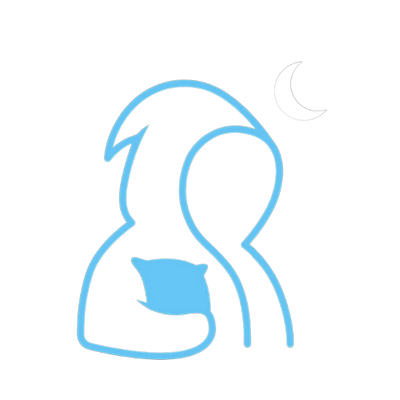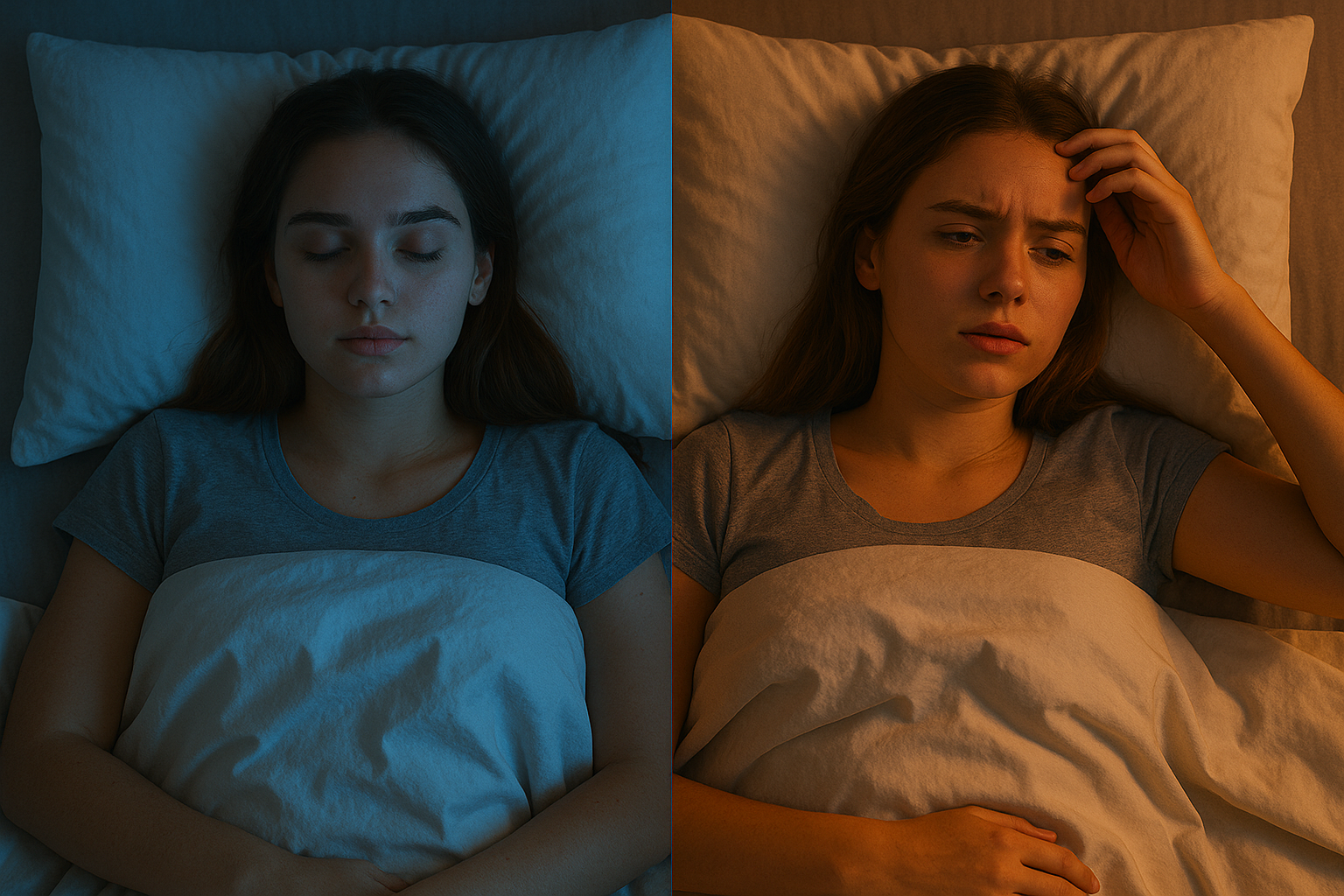We often blame insomnia, late nights, or stress for poor sleep. But what if your sleep environment itself (mattress, sheets, pillows, etc.) is subtly causing unnoticed interruptions? These hidden disruptions, called micro-arousals, may be the reason you wake feeling exhausted even after “enough” hours of sleep.
In this post, we’ll explore:
-
What micro-arousals are
-
How elements of your bedding system (mattress firmness, temperature, pressure distribution) impact them
-
What the research says
-
Practical adjustments you can make tonight
What Are Micro-Arousals and Why They Matter
A micro-arousal is a brief surge in brain or physiological activity during sleep that doesn’t fully wake you, but can fragment your brain’s path into deep, restorative stages. These disruptions can accumulate — you may not wake, but your body does.
A recent study found that in healthy adults with mild sleep restriction, more micro-arousals (especially ≥ 5 seconds) were tied to worsened mood and reduced attention performance the next day.
So even if your hours “in bed” look good, micro-arousals eat into your sleep quality.
How Your Bedding System Influences Micro-Arousals
Your bed is not passive background. It’s a physical interface between your sleeping body and the environment. Three bedding dimensions show up repeatedly in sleep science:
Pressure Distribution & Support
Uneven or “over-concentrated” pressure points (hips, shoulders) force your body to micro-adjust: twitching, sliding, shifting. That’s extra stimuli your brain reacts to.
In one study, participants slept on mattresses designed with different interface pressure distribution models. The “intermediate / balanced” pressure setups produced more deep sleep and fewer micro-arousals than mattresses with overly even or overly concentrated distribution.
If your mattress is too soft (sinking) or too firm (hard contact), there maybe an uneven distribution of pressure causing your spine to drift out of optimal alignment. This creates a subtle strain. Over a few minutes, they may not be noticeable, but over hours they can be problematic. These stresses may contribute to nightly micro-adjustments.
Thermal / Microclimate Conditions
Even small temperature/humidity changes around your skin or mattress surface can provoke thermoregulatory responses mid-sleep — shifting blood flow, sweating, or adjustments that cause partial wakefulness.
How the Pillow Plays a Part of the Bedding System
In the ecosystem of your sleep surface, pillows are the interface for your head/neck region. They may not be the frontline culprit, but they are a critical player in:
-
Maintaining cervical alignment (so neck muscles stay relaxed)
-
Avoiding pressure hotspots around the head/face
-
Contributing to microclimate around your face and scalp (breathability, heat transfer)
When a pillow fails on any of those fronts, it becomes one more “trigger zone” in the bedding system that nudges micro-arousals upward.
Evidence-Based Adjustments You Can Try Tonight
Here are practical, low-risk changes that align with the science. Even small tweaks may reduce your nightly micro-interruptions:
| Adjustment | Why It Helps | How to Try It |
|---|---|---|
| Seek balanced pressure | Reduces point loads that provoke micro-movements | Check comfort across hips, shoulders, lumbar; add a thin topper if too firm |
| Optimal firmness zone | Avoids bending or compressing your spine out of neutral | Try a firm → medium bed (or mattress + topper combo) |
| Control microclimate | Minimizes thermal stress triggers | Use breathable covers/mattress pads; keep bed surface temp < ~30–32 °C |
| Optimize your pillow position | Ensure your neck/head are supported neutrally | Use pillow height that aligns your ear over your shoulder (for side sleepers) or keeps head flat (for back sleepers) |
| Rotate / rearrange periodically | Prevents permanent depressions or asymmetry | Flip mattress (if allowed); rotate, fluff, or adjust pillow fill |
| Monitor subjective shifts | Micro-arousal effects are often felt, not logged | Notice if you feel less groggy, fewer “shifts” overnight, or more continuous sleep |
These suggestions are grounded in solid research, but they’re not prescriptions. They’re tools you can test on your own body. Finding the right products is worth the search. Afterall, better sleep leads to a better you.

